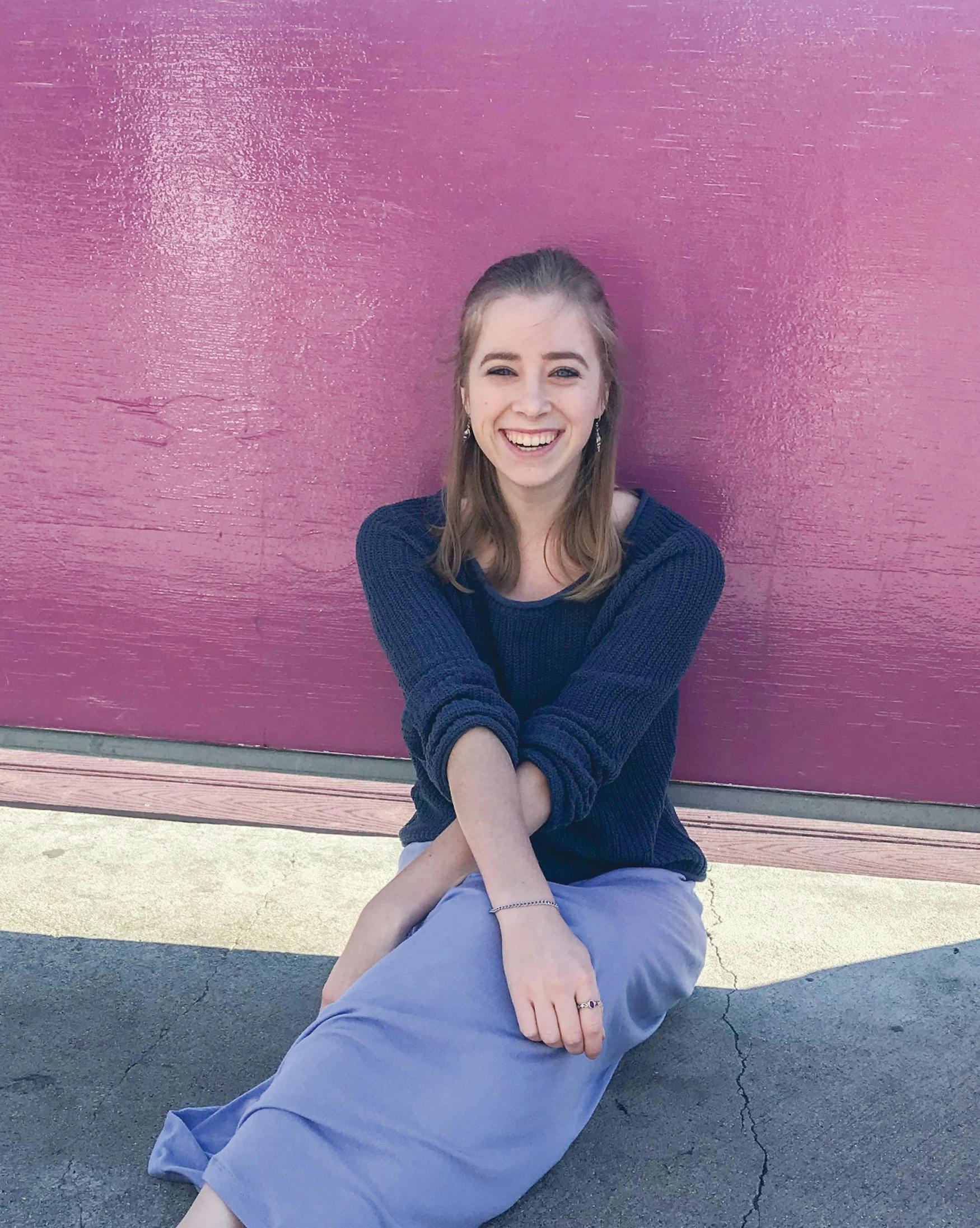Creating a modern fairy tale: A conversation with Olivia Ellson ’21
Brandeis offers many opportunities for individuals who are interested in theatrical production. Whether you want to pursue performing, directing or working backstage, there is an opportunity for you to shine. Last week, I had the chance to speak to Olivia Ellson ’21, who wrote the play “Of a Mirror and Its Fragments” which will be performed next weekend, Nov. 8 through 10. Through our conversation, I was able to get a behind-the-scenes look at the creative process for this production and get some of Ellson’s, the creator’s, insight about it.
According to Ellson, the story of “Of a Mirror and Its Fragments” is based on Danish fairytale author Hans Christian Anderson’s “The Snow Queen.” Ellson’s adaptation is set in modern times and focuses on themes of grief, mental health and losing someone to suicide. When describing why she decided to write this play, Ellson explained that the role of female characters in Anderson’s original work was particularly striking. In “The Snow Queen,” the male and female roles are shifted from the usual fairy tale structure, with this story only including one male character who plays, as Ellson said, “the damsel in distress,” which is a stereotypically female role in fairy tales.“I just thought that that was a really interesting look at female stories and female perspectives,” she explained.
Ellson’s play will be performed in a slightly different format than a traditional theatrical production. This play has actually been developed in a workshop process, meaning the script was edited throughout the rehearsal period. Many of the early rehearsals were table-reads where the cast, the director and Ellson sat around a table and read the script, and then gave her feedback on it so she could make some edits before the next rehearsal. “It’s been a very collaborative process between me and the director and the cast all working together to turn this from a bunch of words on a page into an actual production,” said Ellson.
Because of the unique way the play was produced, the show is going to be presented as a staged reading, meaning the actors will have the scripts on stage. This also means that the performance will have very few set pieces and props. One of the actors will actually read the stage directions so the audiences can be aware of some of the components that are not actually seen on stage in this production. When asked about this creative choice, Ellson explained that for the audience, a staged reading shifts the focus from the performance and focuses on the actual words of the play. When actors are holding scripts, “you’re constantly aware that they're holding the words on the page in their hands so you as an audience member have to recognize the fact that this [is] a play, these are actors, this isn’t real.” She explains that this is different than a full production because of the difference in production value. “I think a staged reading showcases the script more than say a full production that has a lot more tech elements,” she said.
After spending two years writing this play, Ellson is very excited for an audience to see her work on stage.“It is kind of something that I have been thinking [about] intermittently for so long that I think it will be really interesting to see the responses [from the audience] and get the perspective of people who are approaching this work for the first time.”
— This article was updated to correct grammatical errors.



Please note All comments are eligible for publication in The Justice.